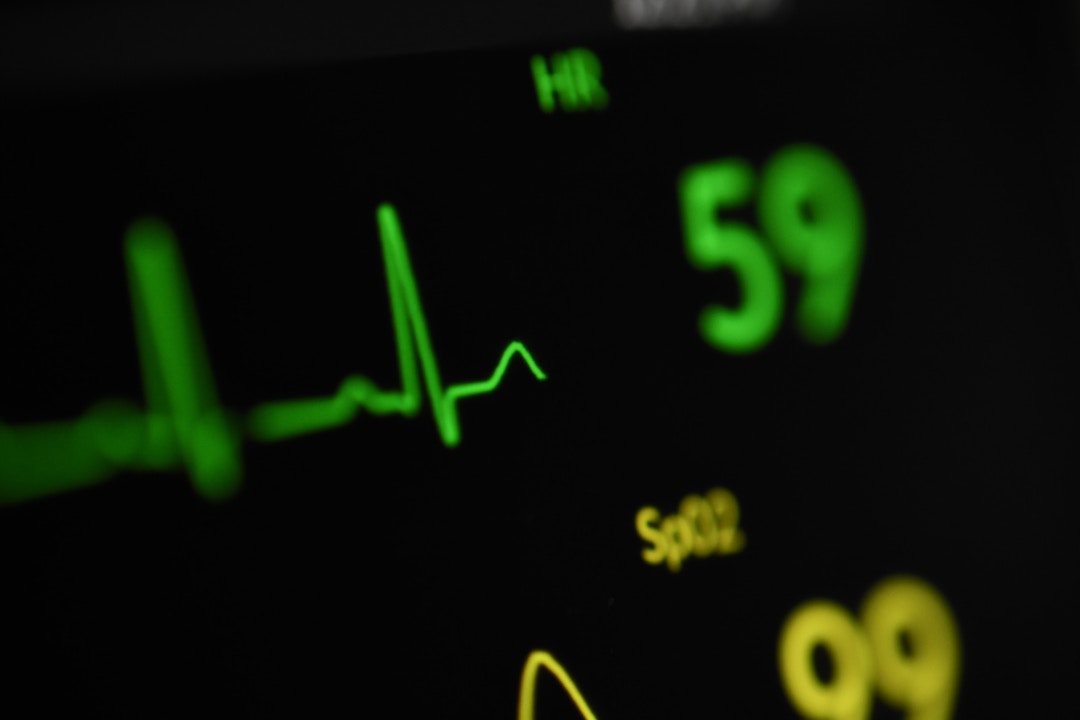Scientists have designed a textile coating to protect against bacterial infection.
Intended to reduce the spread of infection and disease in hospitals, the liquid metal coating should prevent the wearer from being susceptible to common bacteria when applied to wearable textiles. If successful, the product could help to protect patients and keep Aussies fit and healthy.

Injury and infection
Hospitals can be a dangerous place for immunocompromised individuals, who cannot defend themselves against bacterial infections, even when supported by medication.
In fact, antimicrobial resistance resulted in 1.27 million deaths worldwide in 2019, occurring when bacteria and fungi develop an ability to overcome the drugs meant to stop them. For doctors, this poses a serious question about protecting patients against infection, especially in a location with sick and compromised individuals who need extra support to stay healthy and fight harmful bacteria.

Bacteria barrier
Protecting vulnerable patients from these sorts of dangerous bacteria is vital. Luckily, biomedical nanoengineer and Flinders University lecturer Dr Vi-Khanh Truong has found a solution.
He has designed a liquid metal coating which covers clothes and other textile garments. So far, it is intended for use on electrocardiogram vests (ECG), which are used in hospitals to measure the electrical activity in a heart.
“The coating was developed especially for people who have ECGs, reducing the need for alcohol swabbing and the chance of cross-contamination, which actually leads to the use of antibiotics,” says Dr. Truong
“These patients may be immunocompromised or have chronic diseases such as diabetes, and because they come into hospital for ECGs quite often, the chances of picking up bacteria are really high.”
However, the coating serves a secondary purpose of protecting the clothing from general wear and tear as well. It self-heals, meaning while clothes crack and split over time, the coating ensures they remain conductive and retain their anti-microbial capabilities. This is important for patients coming in for ECGs, as they can feel safe knowing they won’t contract additional illnesses, and the machines in use are in the best possible condition.

The coating was initially designed for use during ECGs, which monitor the heart
Conductive contraptions
In most monitoring garments that assess a patient’s vitals in hospital, hard metals such as gold and copper are used as conductive materials. Over time, movement in these clothes causes cracks in the metal, which can reduce their conductive capabilities. However, Dr Truong’s liquid metal coating ensures the conductive pathways remain strong even after this cracking or general wearing occurs.
“It’s like taking a knife and cutting into water,” he explains. “Because it’s a liquid, it doesn’t break and keeps flowing.”
“The conductive patterns autonomously heal when cut by forming new conductive paths along the edge of the cut, providing a self-healing feature which makes these textiles useful as circuit interconnectors, Joule heaters and flexible electrodes to measure ECG signals.”
If that wasn’t enough, patients are also protected from germs and bacteria that could cause them harm while wearing clothes coated in this material.

Clever coating
Thankfully, producing this textile coating, which is made predominately from gallium, is a simple and relatively easy process.
Gallium is classified as a safe and non-toxic metal, making it ideal for use in a hospital setting. Similarly, the process of converting it into the liquid coating is environmentally conscious.
If it continues to prove a successful and useful tool, Dr Truong is hoping that it can be applied on a much wider scale.
“It will be interesting to see it applied to human/machine interfaces, sensors, soft robotics and wearable electronic devices – providing a performance aspect while avoiding microbial cross infection at the same time.”
While only being tested on a small scale at the moment, we could soon see the rise of this liquid coating as it continues to protect patient health and the strength of hospital equipment.
To learn about other programs targeting health and wellbeing, click here.

